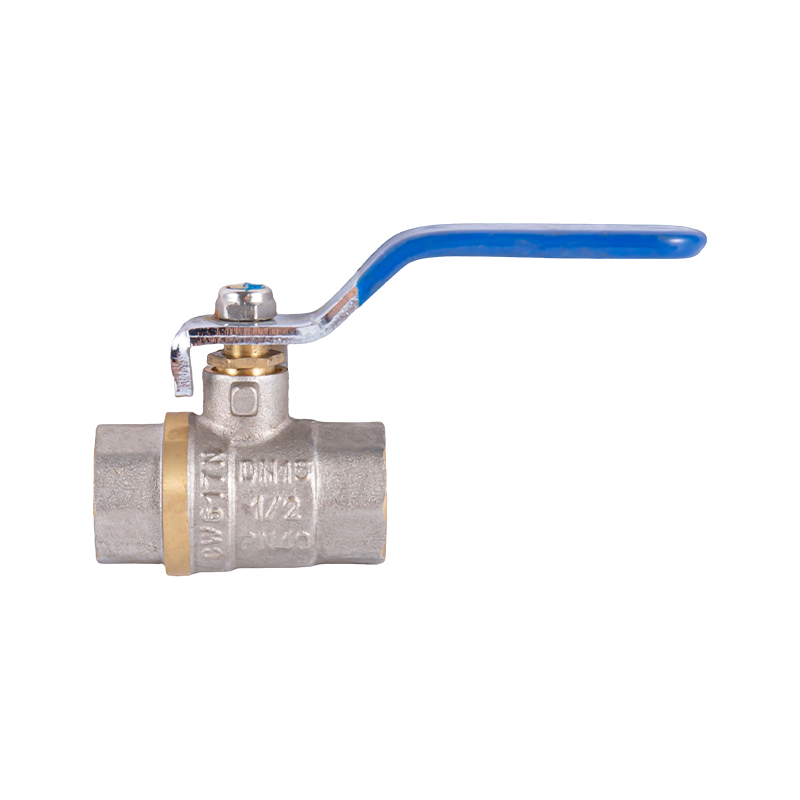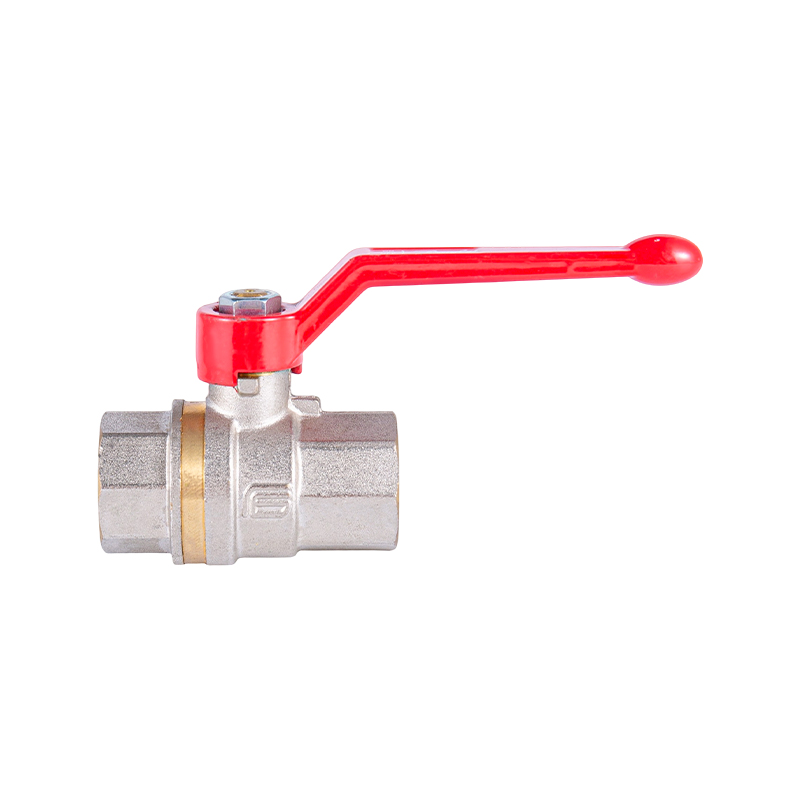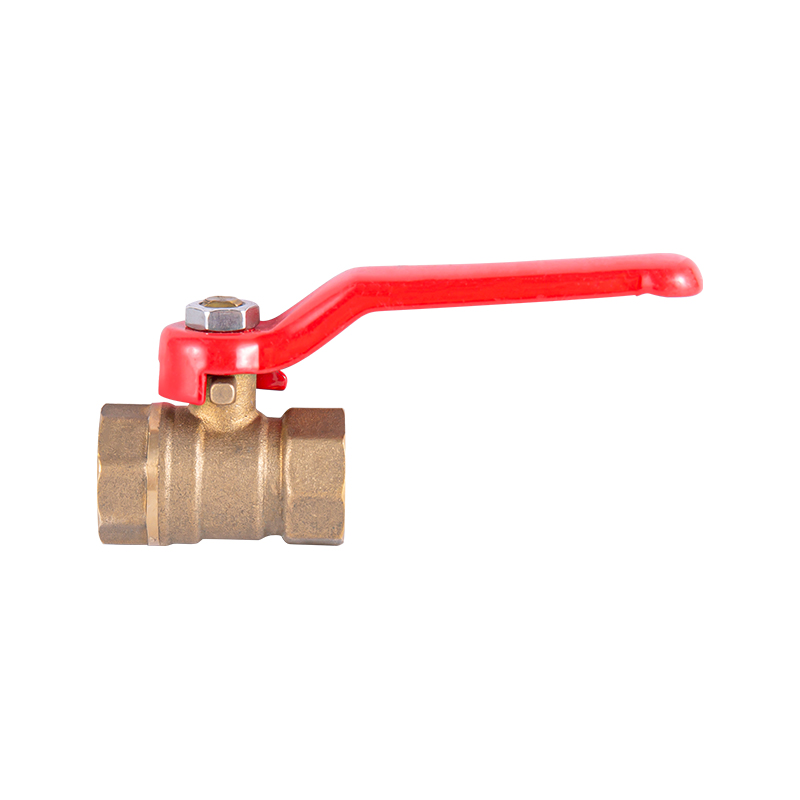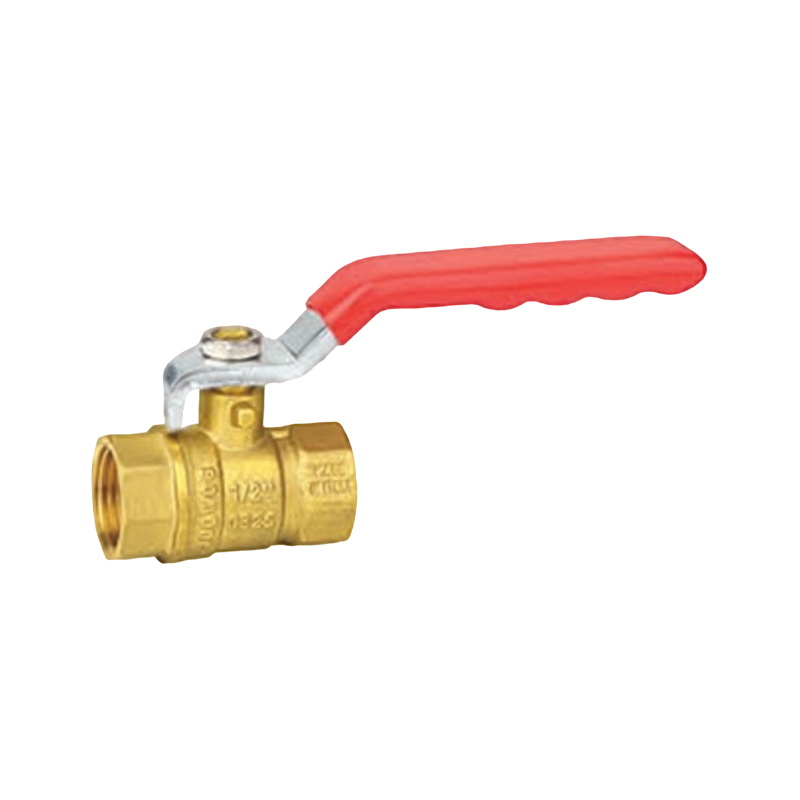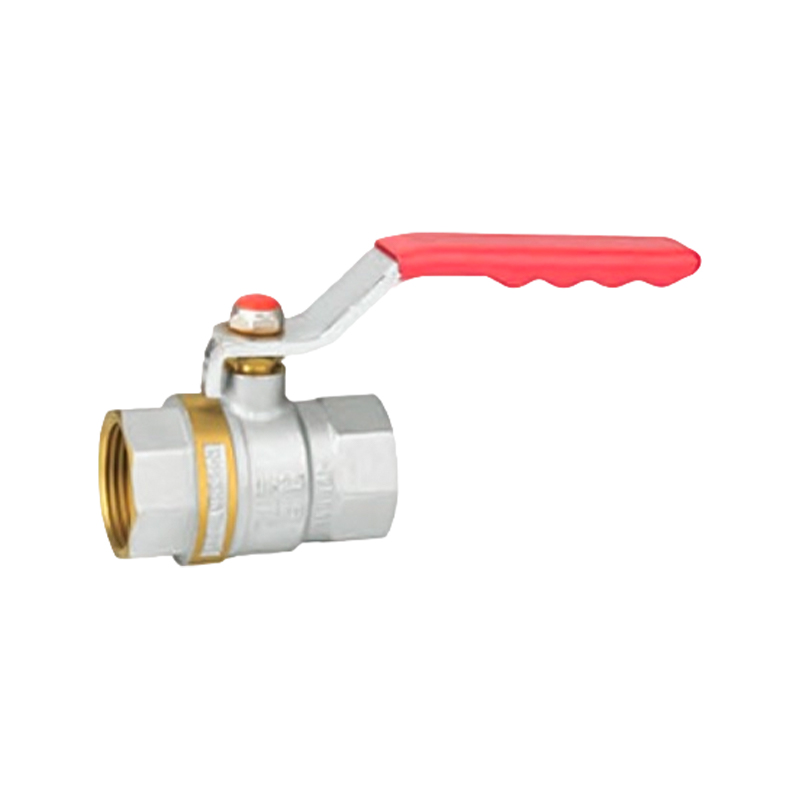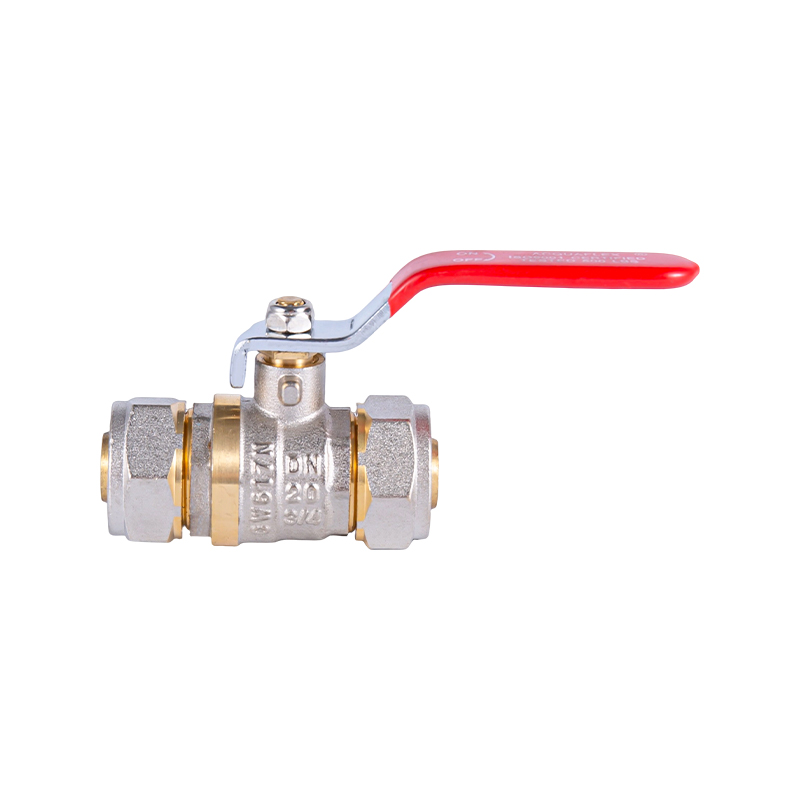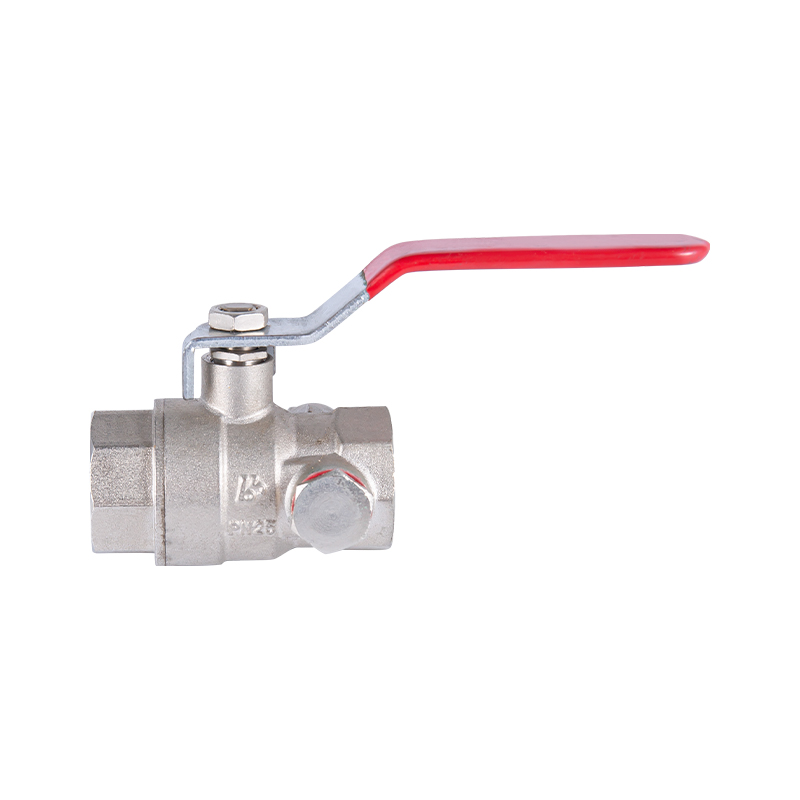Understanding the Structure and Function of Ball Valves in Fluid Systems
In the intricate world of fluid management systems, the ability to control the flow of liquids or gases with precision is paramount for achieving ideal performance. Among the diverse array of valves available, ball valves have emerged as a standout choice, renowned for their simplicity, robustness, and efficacy. These adaptable components are not just a part of the system but are integral across various sectors, including plumbing, chemical processing, water treatment, and HVAC systems.
Ball valves are precision-engineered mechanical devices that govern the passage of fluids through pipelines. At the core of their design lies a spherical ball with a perforation, or port, at its center. This port is the key to their operation. In the open configuration, the port aligns with the pipeline, facilitating fluid flow without obstruction. Conversely, when the valve is rotated to the closed position, the solid portion of the ball obstructs the flow, creating an effective seal.
The uncomplicated design of these valves renders them ideal for scenarios demanding a dependable shut-off or precise flow regulation. They are a common sight in residential, commercial, and industrial environments, thanks to their reliable performance and user-friendly operation. The simplicity of the ball valve's design also means that it requires minimal maintenance, which is a significant advantage in environments where downtime can be costly.
The adaptability of ball valves is one of their significant strengths. They can be customized to fit a wide range of applications, from small-scale residential plumbing systems to large-scale industrial processes. This adaptability is due to their ability to handle various types of fluids, including water, oil, and even corrosive chemicals, depending on the materials used in their construction.
Given their reliability, ease of operation, and adaptability, ball valves have earned their status as a preferred choice in fluid control. They offer a straightforward solution to complex fluid management challenges, providing a level of control that is both dependable and precise. Whether in a small home or a large industrial facility, ball valves play a crucial role in ensuring that fluid flows are managed effectively and efficiently.
Because of their dependable performance and ease of maintenance, ball valves are used in a wide range of industries:
Residential Plumbing: To control water supply lines for sinks, toilets, and outdoor taps.
Industrial Plants: In systems transporting chemicals, gases, and liquids.
Water Treatment: For isolating sections of piping during cleaning or repairs.
Heating and Cooling Systems: To regulate the flow of coolant or heated fluids.
Their ability to provide a reliable seal, even after long periods of inactivity, makes ball valves especially valuable in critical applications where leakage must be avoided.
Several features make valves a preferred choice in fluid systems:
Quick Operation: A 90-degree turn opens or closes the valve.
Tight Seal: Seats around the ball provide effective sealing, reducing the risk of leaks.
Low Maintenance: The simple structure requires less frequent servicing compared to other valve types.
Versatile Materials: Available in various materials for compatibility with different fluids and operating environments.
Understanding the structure and function of ball valves highlights their importance in maintaining efficient, reliable fluid systems. With a simple design centered around a rotating ball, these valves offer effective control with reduced effort. Suitable for a wide range of applications, valves continue to be a practical solution in industries where dependable flow management is essential. Whether for plumbing, industrial, or processing systems, ball valves provide the performance and reliability needed for safe and effective fluid control.
-
Feedback


 English
English 中文简体
中文简体 русский
русский Email us now!
Email us now!
